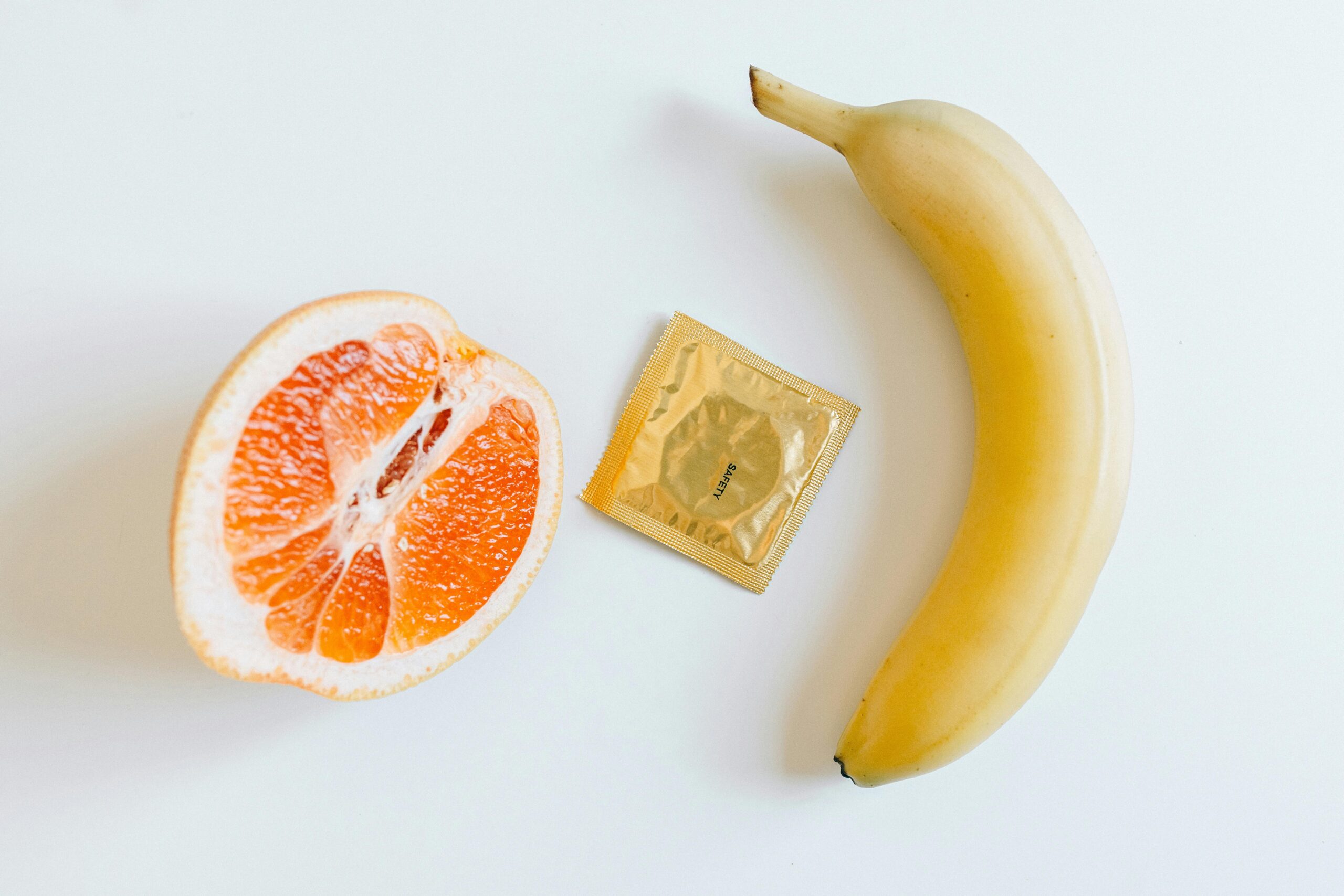
We all have things that embarrass us. It could be something as simple as sweat patches on a hot day, or the awkwardness of being seen buying intimate products. Yet, these are all just normal parts of being human.
A new study by TENA reveals that over 6 in 10 women feel ashamed of something as common as sweat patches, yet far fewer (1 in 4) would judge someone else for it.
The research, which explores shame around emotional wellbeing, physical appearance, hygiene, and health, challenges the idea that women are simply more self-critical. Instead, it shows how outdated expectations still shape what women feel embarrassed about, even when others aren’t judging them.
Key findings include:
- 61% of women feel ashamed of visible sweat patches or body odor
- 59% feel shame around urinary leakage
- 57% feel embarrassed about losing emotional control (e.g. anxiety or panic)
Yet, when it comes to judging others, women are far more compassionate, often half as likely than men to judge others for the same things. This disconnect highlights how internalized shame affects women’s confidence and mental health, especially in areas that are still taboo to talk about.
The top 5 things women are most ashamed about are:
- Having visible sweat patches or body odor (61%)
- Experiencing urinary leakage (59%)
- Showing loss of control due to panic or anxiety (57%)
- Having to change outfits due to personal care issues (53%)
- Dealing with an unexpected wardrobe malfunction (51%)
The top 5 things women judge others most for are:
- Having visible sweat patches or body odor (25%)
- Dealing with visible rashes or irritation (20%)
- Being visibly overcome with emotion (20%)
- Urinary leakage (19%)
- Getting food stuck on your face or in your teeth (18%)
Here’s the full list of things that women say trigger their shame and how often they admit to judging others for the same things:
| Experience | Feel Shame (%) | Judge Others (%) | Wouldn’t Judge Others (%) |
| Urinary leakage | 59% | 19% | 61% |
| Loss of control due to anxiety or panic | 57% | 18% | 59% |
| Vomiting | 49% | 18% | 60% |
| Changing clothes due to leakage/sweating | 53% | 17% | 60% |
| Unexpected wardrobe malfunction | 52% | 17% | 59% |
| Changing bladder support products | 34% | 16% | 63% |
| Being visibly overcome with emotion | 48% | 20% | 60% |
| Having visible rashes or irritation | 49% | 20% | 56% |
| Falling or tripping in public | 49% | 16% | 61% |
| Food stuck on face or teeth | 46% | 18% | 58% |
| Feeling over/underdressed | 46% | 18% | 51% |
| Needing the bathroom more often than usual | 34% | 16% | 61% |
| Experiencing hot flushes and brain fog | 34% | 15% | 63% |
| Buying intimate products | 20% | 15% | 64% |
| Talking about personal health matters | 30% | 16% | 59% |
| Visible sweat patches and body odor | 61% | 26% | 50% |
How does this compare to men?
Things that men are most ashamed of:
- Urinary leakage (59%)
- Loss of control due to panic or anxiety (57%)
- Visible sweat patches or body odor (57%)
- Vomiting (53%)
- Changing clothes due to leakage or sweating (53%)
- Visible rashes or irritation (50%)
Things that men would judge others the most for:
- Visible sweat patches or body odor (35%)
- Being visibly overcome with emotion (31%)
- Visible rashes or irritation (30%)
- Loss of control due to anxiety or panic (30%)
- Urinary leakage (29%)
- Food stuck in teeth or on face (29%)
- Feeling over or underdressed 29%)
Here’s the full list of things that men say trigger their shame and how often they admit to judging others for the same things:
| Experience | Feel Shame (%) | Judge Others (%) | Wouldn’t Judge Others (%) |
| Urinary leakage | 59% | 29% | 45% |
| Loss of control due to anxiety or panic | 57% | 30% | 43% |
| Vomiting | 53% | 26% | 45% |
| Changing clothes due to leakage/sweating | 53% | 26% | 47% |
| Unexpected wardrobe malfunction | 46% | 26% | 47% |
| Changing bladder support products | 40% | 24% | 49% |
| Visibly overcome with emotion | 45% | 31% | 44% |
| Visible rashes or irritation | 50% | 30% | 43% |
| Falling or tripping in public | 48% | 28% | 47% |
| Food stuck on face or teeth | 47% | 29% | 43% |
| Feeling over/underdressed | 46% | 29% | 44% |
| Needing the bathroom more often than usual | 38% | 27% | 47% |
| Hot flushes and brain fog | 36% | 27% | 46% |
| Buying intimate products | 35% | 25% | 50% |
| Talking about personal health matters | 33% | 26% | 46% |
| Visible sweat patches and body odor | 57% | 35% | 43% |
Shame by Gender: Men vs. Women Overview
While both men and women report high levels of shame, there are subtle gender differences that tell a deeper story.
- Women were slightly more self-conscious about visible body odor and wardrobe issues, likely linked to long-standing social pressures around appearance.
- Men, however, reported significantly more shame around vulnerability. Men were also 50% more likely than women to judge others, especially in situations involving emotional expression.
We all deserve to feel confident and supported in our bodies, and unlearning the shame around natural bodily functions is a step in the right direction, allowing us to have empathy for others.
“At TENA, we believe that everyday health and dignity should never be a source of shame. This data isn’t just insightful, it’s a call to compassion. The more we understand our shared vulnerabilities, the more empowered we become to support one another,” said Hazel Villarreal, Marketing Director for TENA, North America.
To see the full study, head to TENA.com.

















